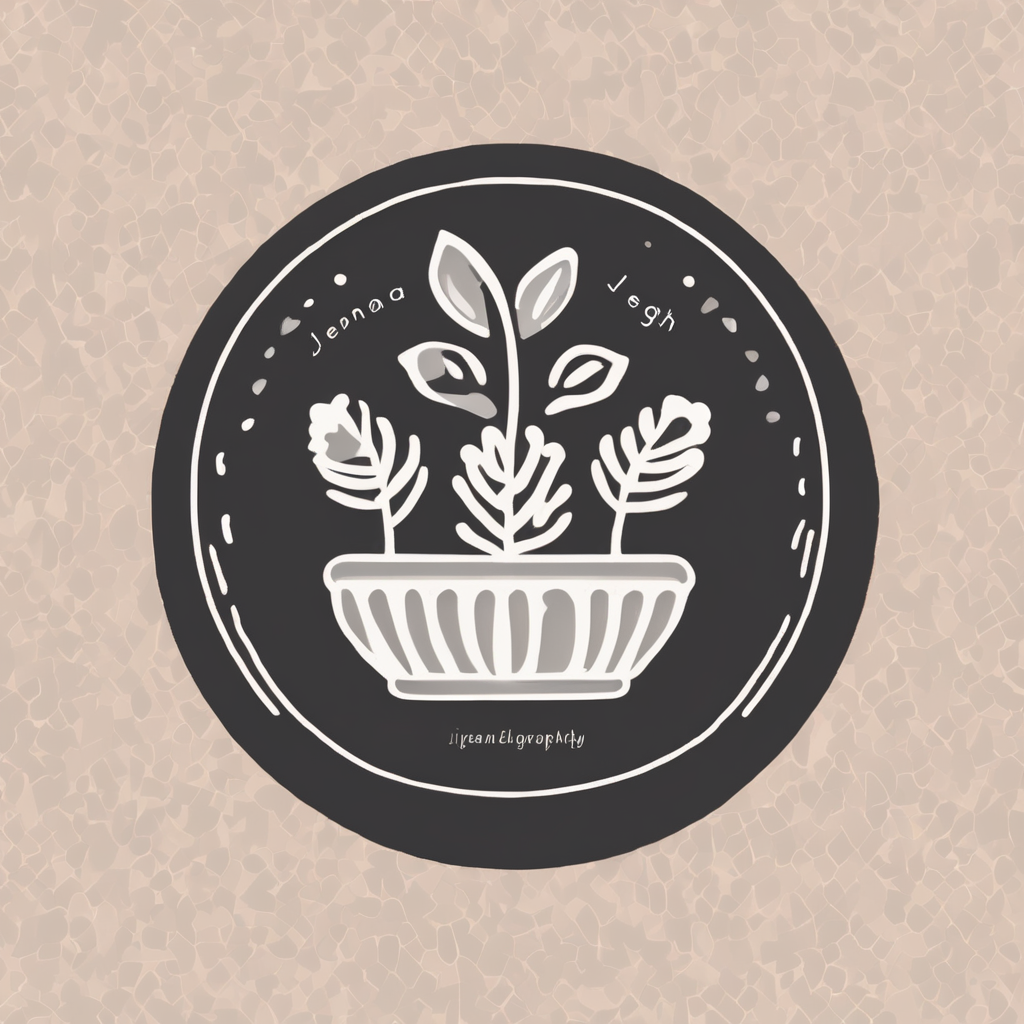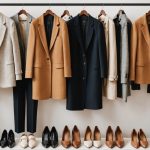In today’s fast-paced world, the line between casual and formal attire has become increasingly blurred. For many, achieving the perfect balance between these two styles is essential, especially in professional environments. Whether you are dressing for a business meeting, a casual Friday at the office, or a social event, knowing how to combine smart pieces with a relaxed look can make all the difference. This article aims to guide you through the nuances of creating an outfit that seamlessly blends business and casual styles, providing you with the confidence to wear your clothes well.
Understanding the Dress Code
Every event calls for a specific dress code, which dictates how formal or casual your attire should be. Understanding these codes is crucial to achieving the right balance in your outfit selection.
Also to discover : How can you express your personal style through unique fashion choices?
The most common dress codes you’ll encounter include business casual, smart casual, and formal. In business casual, you can pair jeans with a nice shirt and a blazer. This combination allows for comfort while maintaining a professional appearance. Opt for colors that are not too loud; neutral tones are often a safe choice. Smart casual takes it up a notch. You can incorporate stylish elements, such as a trendy tie or fashion-forward accessories, without losing the essence of professionalism. In this instance, you might wear tailored trousers with a fitted shirt and loafers.
On the other hand, formal attire requires a suit or a formal dress. Here, the challenge lies in finding ways to tone down the formality when necessary. For instance, wearing a classic blazer over a smart shirt while keeping the rest of your outfit casual is a great compromise. In essence, understanding the dress code not only helps you decide what to wear but also boosts your confidence, knowing that you are dressed appropriately for the occasion.
Also to read : How can you find the perfect pair of jeans that fit your body type?
Lastly, consider the colors and pieces you choose. A business environment often calls for muted tones, while social gatherings might allow for bolder colors. Balance is key; you can be bold in your choice of shirt while keeping the blazer classic.
Selecting the Right Pieces for a Versatile Wardrobe
A well-curated wardrobe is your best ally in achieving the perfect blend of casual and formal attire. Investing in versatile pieces ensures that you can mix and match without needing to overhaul your closet constantly.
Start with shirts. A fitted shirt in a solid color or subtle pattern works wonders. Choose breathable fabrics like cotton or linen, which are comfortable and easy to care for. Additionally, having a selection of blazers can elevate your look instantly. You might consider a tailored navy or charcoal blazer that pairs well with both jeans and dress pants.
When it comes to outfits, remember that the bottom half is just as important. Invest in quality jeans that fit well; dark wash denim is a fantastic option for business casual settings. If you need to dress up a little more, tailored trousers in versatile colors are an excellent choice.
Footwear also plays a pivotal role in determining the formality of your look. A pair of clean, polished loafers can bridge the gap between casual and formal effortlessly. Alternatively, consider ankle boots for a trendy yet polished appearance. Accessories should not be overlooked; a tasteful tie can add an element of sophistication to an otherwise relaxed outfit. Overall, the key is to select pieces that can transition seamlessly from one look to another without sacrificing your sense of style.
Mastering the Art of Layering
Layering is an essential technique for navigating the complex world of casual and formal attire. Not only does it add depth to your outfit, but it also allows you to adjust your look based on the occasion or the environment.
Start with a basic layer, such as a fitted shirt. From there, you can build your outfit by adding a blazer or a lightweight sweater. This creates a polished look suitable for business meetings or social events. The beauty of layering is that you can easily remove or add layers as needed. For instance, if you’re attending a more formal meeting, you might opt to keep your blazer on. However, if you transition to a casual setting afterwards, removing the blazer can instantly relax your look.
Consider the colors of the pieces you layer. Complementary or monochromatic color schemes can create a cohesive look that transitions well from business to casual. For example, pairing a light blue shirt with a navy blazer and gray trousers can provide a smart, put-together appearance. Similarly, you can achieve a relaxed vibe by combining lighter shades with denim.
Accessories, such as a classic watch or understated jewelry, can also enhance your layered look without overwhelming it. The aim is to maintain a clean and professional appearance while still feeling comfortable. Ultimately, mastering the art of layering will empower you to dress appropriately for any occasion, striking the perfect balance between casual and formal.
Adapting Your Attire for Different Occasions
Every occasion presents a unique opportunity to showcase your style, and adapting your attire accordingly is essential. Understanding the subtleties of different situations will help you dress appropriately while maintaining your personal style.
For a business meeting, prioritizing professionalism is key. A tailored shirt paired with dress pants or a suit can create a strong impression. However, if the setting allows for a more relaxed approach, consider swapping the dress pants for jeans while keeping a blazer on. This combination is ideal for a casual Friday or a creative industry gathering, where showing your personality is as important as looking polished.
Social events, such as networking functions or after-work gatherings, often allow for a more flexible attire. You could opt for a smart casual look by wearing jeans with a stylish shirt and loafers. Adding a trendy tie can elevate the outfit without making it overly formal. When attending a formal event, ensure that you adhere strictly to the attire requirements. A well-fitted suit is often the safest choice, but you can express your individuality through your choice of shirt or accessories.
Lastly, consider the season when adapting your outfits. Lighter fabrics and colors work well in warmer months, while heavier materials and darker hues are perfect for colder climates. Layering can be particularly beneficial during transitional seasons, allowing you to dress appropriately for varying temperatures throughout the day. By learning to adapt your attire for different occasions, you will not only look good but feel confident in your wardrobe choices.
Conclusion: Find Your Unique Style
Achieving the right balance between casual and formal attire is an art that can be mastered with practice. By understanding the dress codes, selecting the right pieces, mastering layering, and adapting your look for various occasions, you can feel confident in your style choices. Remember that the goal is to wear your clothes well, allowing your personality to shine through in your attire.
As you explore different styles, do not be afraid to experiment with colors, fabrics, and accessories. Your wardrobe should reflect who you are while meeting the expectations of the environments you engage with. Ultimately, finding your unique style is about striking a balance that feels authentic to you. With this guide, you are equipped to navigate the world of fashion, effortlessly balancing the casual and the formal, tailored perfectly to your needs.











